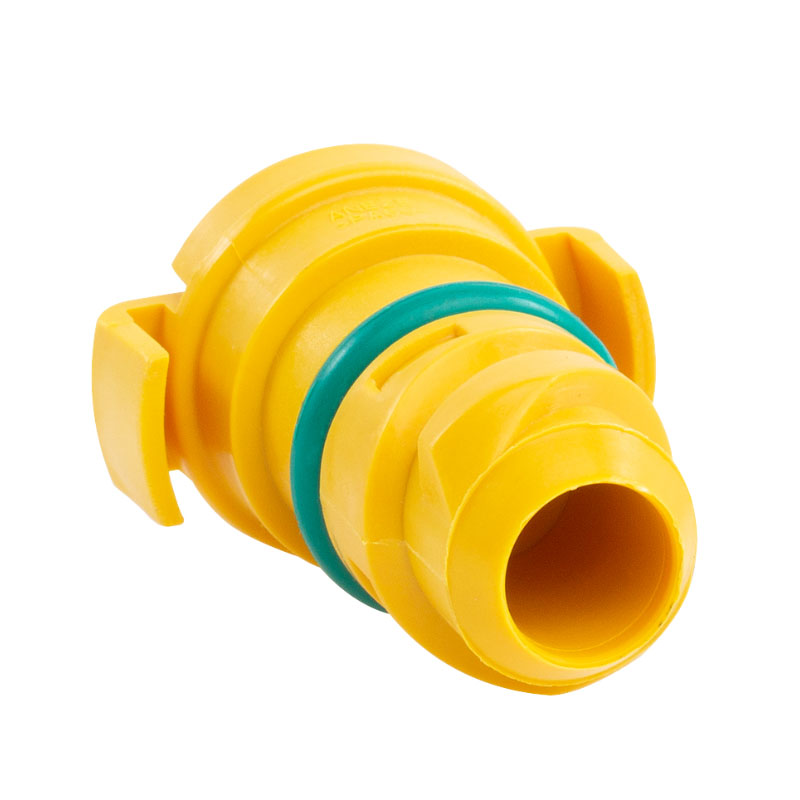rear engine oil seal
Understanding the Importance of the Rear Engine Oil Seal
The rear engine oil seal is a critical component in the internal combustion engine, playing a vital role in maintaining the engine’s health and efficiency. Often overlooked, this small yet significant part contributes to the overall performance of the vehicle. In this article, we will explore the function of the rear engine oil seal, the consequences of failure, and the importance of regular maintenance.
What is the Rear Engine Oil Seal?
The rear engine oil seal is located at the back of the engine, where the crankshaft exits the engine block. Its primary function is to prevent engine oil from leaking out while ensuring that contaminants and debris do not enter the engine. Typically made from durable materials such as rubber or silicone, the seal is designed to withstand high temperatures and extreme pressure conditions generated within the engine.
Functions of the Rear Engine Oil Seal
1. Oil Retention One of the primary roles of the rear engine oil seal is to retain the engine oil within the crankcase. This oil is essential for lubricating parts of the engine, reducing friction and wear on components like the crankshaft and connecting rods.
2. Contaminant Prevention The seal acts as a barrier against dirt, dust, and other contaminants that could enter through the rear of the engine. Keeping these foreign particles out is crucial for the longevity and performance of internal components.
3. Pressure Maintenance The rear engine oil seal helps maintain the proper pressure within the engine. Oil must remain at the right pressure to ensure efficient circulation and lubrication, which is key to preventing overheating and engine damage.
Consequences of a Failing Rear Engine Oil Seal
When the rear engine oil seal deteriorates or fails, several issues can arise
1. Oil Leaks A visible sign of a failing seal is engine oil leaking from the rear of the engine. This can lead to a decrease in oil levels, resulting in inadequate lubrication and potential engine damage.
rear engine oil seal

2. Engine Damage Continued operation of the engine with a faulty rear oil seal can result in severe damage. Insufficient oil can lead to increased friction, overheating, and eventual failure of essential engine components.
3. Environmental Impact Oil leaks not only pose a risk to the vehicle but also have negative implications for the environment. Oil spills can harm local ecosystems and contaminate soil and water sources.
4. Increased Maintenance Costs Repairing oil leaks from a failing rear engine oil seal can be costly. It often requires significant disassembly of the engine, resulting in labor-intensive repairs.
Importance of Regular Maintenance
To prevent issues with the rear engine oil seal, regular maintenance of your vehicle is essential. Here are some tips to consider
1. Routine Inspections Regularly inspect your vehicle for any signs of oil leaks, particularly around the rear of the engine. Early detection of a leak can save significant repair costs down the line.
2. Oil Changes Adhering to a regular oil change schedule ensures that fresh oil is circulating through the engine. Clean oil reduces the risk of sludge buildup, which can lead to increased pressure and stress on the oil seal.
3. Monitoring Oil Levels Frequently check the oil levels in your engine. Low oil levels can signal a leak, and addressing the issue quickly can prevent further damage.
4. Professional Checkups During routine maintenance visits, request that a mechanic examines the rear engine oil seal. Catching wear and tear early can avert more extensive and costly repairs later.
Conclusion
The rear engine oil seal may appear to be a minor component of an engine, but its significance cannot be overstated. It plays a crucial role in ensuring the smooth operation and longevity of your vehicle's engine. By understanding its function, recognizing the signs of failure, and committing to regular maintenance, vehicle owners can ensure their engines remain healthy and efficient for years to come. Ultimately, taking care of the rear engine oil seal is taking care of the heart of your vehicle.
-
Understanding the Front Main Engine Seal: Purpose, Maintenance, and Installation
News Jul.29,2025
-
Understanding O-Rings and Seal Rings: Types, Applications, and Custom Solutions
News Jul.29,2025
-
Understanding Crankshaft Oil Seals: Rear Seals, Pulley Seals, and Their Role in Engine Integrity
News Jul.29,2025
-
The Importance of Front and Rear Crankshaft Seals in Engine Performance and Oil Management
News Jul.29,2025
-
Crank Oil Seals: Functions, Types, and Cost Considerations in Engine Maintenance
News Jul.29,2025
-
A Comprehensive Guide to O-Rings and Seals: Types, Materials, and Global Applications
News Jul.29,2025
-
Mastering Diesel and Performance Engine Maintenance: A Guide to Critical Oil Gaskets
News Jul.28,2025
Products categories















